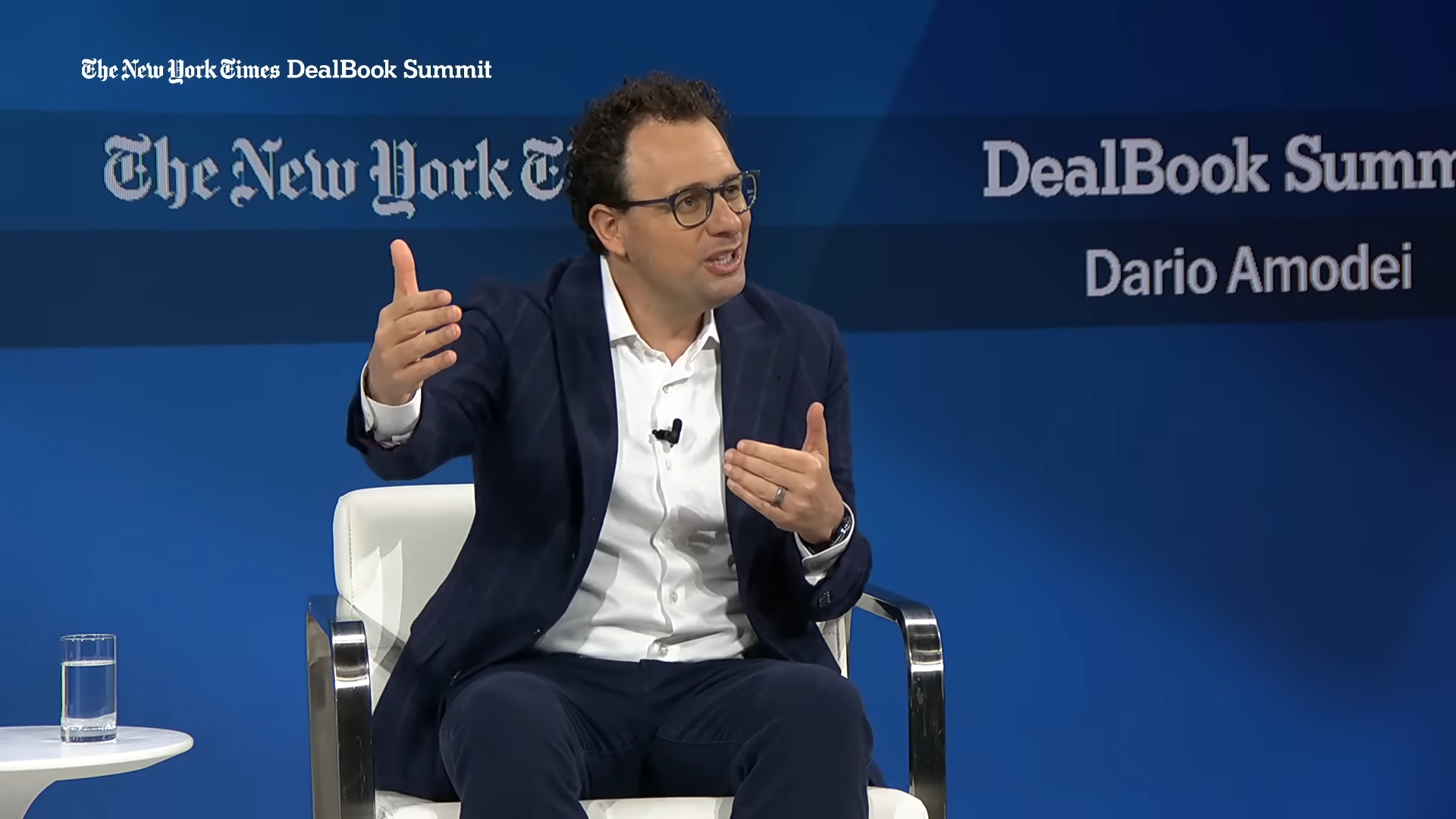
The global streaming giant, YouTube, has announced a suite of significant updates designed to fundamentally enhance its television application, signaling a renewed focus on solidifying its formidable presence in the living room entertainment ecosystem. These forthcoming improvements encompass groundbreaking features such as the integration of scannable QR codes for seamless product purchases directly from video content, the implementation of artificial intelligence for automatic video quality upscaling, and a sophisticated overhaul of its search capabilities. The strategic rollout underscores YouTube’s ambition to transform the passive viewing experience into an interactive and economically vibrant one, capitalizing on its already substantial audience share on large screens.
The Strategic Push for the Living Room
YouTube’s concentrated effort to optimize its TV interface arrives at a pivotal moment in the digital media landscape. Recent data from Nielsen, published in April, revealed YouTube’s remarkable achievement of capturing 12.4% of total television audience time, a figure that places it ahead of established media powerhouses like Disney, Paramount, and Netflix. This metric highlights a significant shift in consumer behavior, demonstrating how the platform, once primarily associated with mobile and desktop viewing, has become an indispensable component of the home entertainment experience. The company’s strategy is clear: to not only maintain but to aggressively expand this lead by offering a more compelling and integrated user journey specifically tailored for the big screen.
The evolution of television viewing over the past two decades has been dramatic. From the dominance of linear cable broadcasts, the industry transitioned to on-demand streaming services, and now, hybrid models that blend traditional content with user-generated and live streams are gaining traction. Smart TVs and dedicated streaming devices have become ubiquitous, turning the living room television into a versatile hub for diverse content. YouTube’s deep roots in user-generated content, combined with its burgeoning professional and live programming, position it uniquely to cater to this fragmented but expansive audience. By investing in the TV app, YouTube aims to ensure that its user experience on the largest screen is not merely an adaptation of its mobile or web interface but a premium, purpose-built destination.
Interactive Commerce: Bringing the Store to the Screen
Central to YouTube’s new offerings is the introduction of QR code functionality within its videos, enabling viewers to effortlessly identify and purchase items featured in tagged content. This innovation allows creators to embed direct links to specific products within their videos, which viewers can then scan with their smartphones to navigate directly to product pages. This feature is poised to significantly boost revenue generation, particularly for creators specializing in shopping-related content. The platform has reported an astonishing 35 billion hours of shopping-focused video viewership in the past year alone, underscoring the immense potential of this untapped market. Furthermore, the number of channels generating six-figure incomes or more from TV screen viewership has seen a substantial increase of over 45% in the last year, indicating a robust and growing creator economy on the big screen.
While the concept of shoppable QR codes is not entirely novel—competitors such as Roku and Peacock have previously experimented with similar integrations—YouTube’s approach distinguishes itself by focusing on empowering its vast network of content creators. The platform aims to facilitate more effective merchandise sales for creators by providing direct links to their online stores, fostering a more direct and efficient creator-to-consumer sales channel. This move reflects a broader industry trend towards "t-commerce" or "shoppable TV," where the boundary between entertainment and retail blurs. For brands and advertisers, this opens up dynamic new avenues for product placement and direct sales conversions, moving beyond traditional pre-roll or mid-roll advertisements to an integrated shopping experience. The platform is also actively testing the capability to showcase products at precise, timed moments within videos, promising an even more seamless and contextually relevant shopping journey for viewers. This integration could redefine how consumers discover and acquire products, making impulse purchases more convenient and integrating commerce deeply into the entertainment flow.
Elevating Visual Quality with AI
Another cornerstone of YouTube’s latest enhancements is the integration of AI-powered upscaling technology. This innovative feature is designed to automatically convert videos uploaded at lower resolutions to full high-definition (HD), with ambitious plans to extend support for upscaling to 4K resolution in the future. This initiative directly addresses a common challenge on a platform hosting billions of videos, many of which were uploaded years ago in lower quality formats that appear subpar on modern, large-format 4K televisions. The company emphasizes that creators will retain full control over their content, preserving original files, and viewers will always have the option to watch videos in their original resolution if preferred.
The goal here is to align YouTube’s TV viewing experience with the high visual fidelity expected from contemporary streaming services. However, the effectiveness of AI-driven upscaling technology is a subject of ongoing debate and has encountered past hurdles. Notably, Netflix faced criticism when it employed AI to upscale older shows, such as "A Different World," leading to instances of distorted faces and generally unsatisfactory visual artifacts that detracted from the viewing experience. This precedent highlights the complex technical challenges involved in sophisticated AI image processing, particularly when dealing with varying source qualities and artistic styles. YouTube’s success in this endeavor will hinge on the sophistication of its algorithms and its ability to avoid similar pitfalls, ensuring that AI enhancement genuinely improves rather than compromises visual integrity. Beyond upscaling, YouTube is also expanding the thumbnail file limit from 2MB to 50MB to support 4K-resolution thumbnails, and experimenting with larger video uploads with select creators, all geared towards delivering a consistently higher-quality visual experience across the board.
Streamlining Content Discovery and User Experience
Beyond commerce and visual fidelity, YouTube is also rolling out updates aimed at refining the overall TV-watching experience and streamlining content discovery. These include the introduction of "immersive previews" designed to help viewers more intuitively browse and select videos, allowing for a richer, more dynamic interaction with content before committing to a full watch.
Furthermore, the platform is enhancing its search capabilities with "contextual search." When viewers initiate a search directly from a creator’s channel page, the system will now intelligently prioritize videos from that specific channel at the top of the search results, rather than displaying a broad array of content from across the entire YouTube ecosystem. This nuanced approach to search significantly improves the user experience by making it easier for viewers to delve deeper into the content of their favorite creators, fostering stronger engagement and loyalty. This change reflects a deeper understanding of how users interact with content on large screens, where navigation and discovery can be more cumbersome than on a mobile device. By simplifying the path to relevant content, YouTube hopes to increase viewing duration and satisfaction.
Historical Context: YouTube’s Evolution on TV
YouTube’s journey to becoming a dominant force in the living room is a testament to its adaptability and foresight. Initially launched in 2005 as a web-based video sharing platform, its expansion to television screens began relatively early, recognizing the potential of larger displays. Early integrations, often through game consoles and rudimentary smart TV apps, were clunky by today’s standards. However, as smart TV technology advanced and streaming devices like Roku, Apple TV, and Amazon Fire TV gained popularity in the 2010s, YouTube consistently refined its TV application, making it more user-friendly and feature-rich.
This steady evolution saw YouTube move from merely mirroring web content to developing a tailored TV experience. The introduction of YouTube TV, a live TV streaming service, further cemented its position, providing an alternative to traditional cable. The current updates represent the next logical step in this trajectory: not just making content available on TV, but making the TV experience itself more interactive, personalized, and commercially viable. This aligns with a broader industry trend where platforms are no longer just content distributors but also increasingly becoming commerce facilitators.
The Broader Market Impact and Future Outlook
These comprehensive updates from YouTube carry significant implications for the broader digital media and e-commerce landscapes. For content creators, the enhanced shopping features offer a potent new monetization channel, potentially reducing their reliance on traditional advertising revenue and opening doors to direct-to-consumer sales. This could further fuel the creator economy, encouraging more individuals to produce high-quality, shoppable content. For brands and advertisers, YouTube’s massive reach combined with integrated shopping provides an unprecedented opportunity for immersive product placement and direct conversion, blurring the lines between content and commerce.
From a competitive standpoint, YouTube’s aggressive push into the living room with these advanced features signals a clear intent to differentiate itself from other streaming services. While Netflix and Disney+ focus on premium subscription content, and platforms like TikTok and Instagram explore short-form video and social commerce, YouTube is uniquely positioned to blend user-generated, professional, and live content with sophisticated interactive shopping and AI-driven quality enhancements. This multi-faceted strategy could solidify its status as the ultimate destination for diverse video consumption and interactive engagement. The success of these features will likely be closely watched by competitors and could set new industry standards for how video content integrates with e-commerce and artificial intelligence.
Challenges and Considerations
Despite the promising potential, the implementation of these new features is not without its challenges. The effectiveness of AI upscaling will require meticulous refinement to avoid visual distortions, as seen with other platforms. User adoption of QR code shopping will depend on the seamlessness of the experience and the willingness of viewers to interrupt their viewing flow for a purchase. Furthermore, maintaining a neutral user experience while integrating more commercial elements will be crucial to avoid overwhelming viewers with excessive advertising or promotional content. YouTube will need to strike a delicate balance between monetization and user satisfaction to ensure these innovations are truly embraced by its vast global audience.
In conclusion, YouTube’s latest round of updates to its TV application represents a bold strategic move to deepen its roots in the living room. By intertwining advanced AI capabilities with innovative interactive shopping and refined user experience tools, the platform is not merely adapting to current trends but actively shaping the future of television viewing. As consumers increasingly seek dynamic and personalized content experiences, YouTube’s commitment to evolving its big-screen offering could solidify its position as an unparalleled hub for entertainment, information, and commerce.





